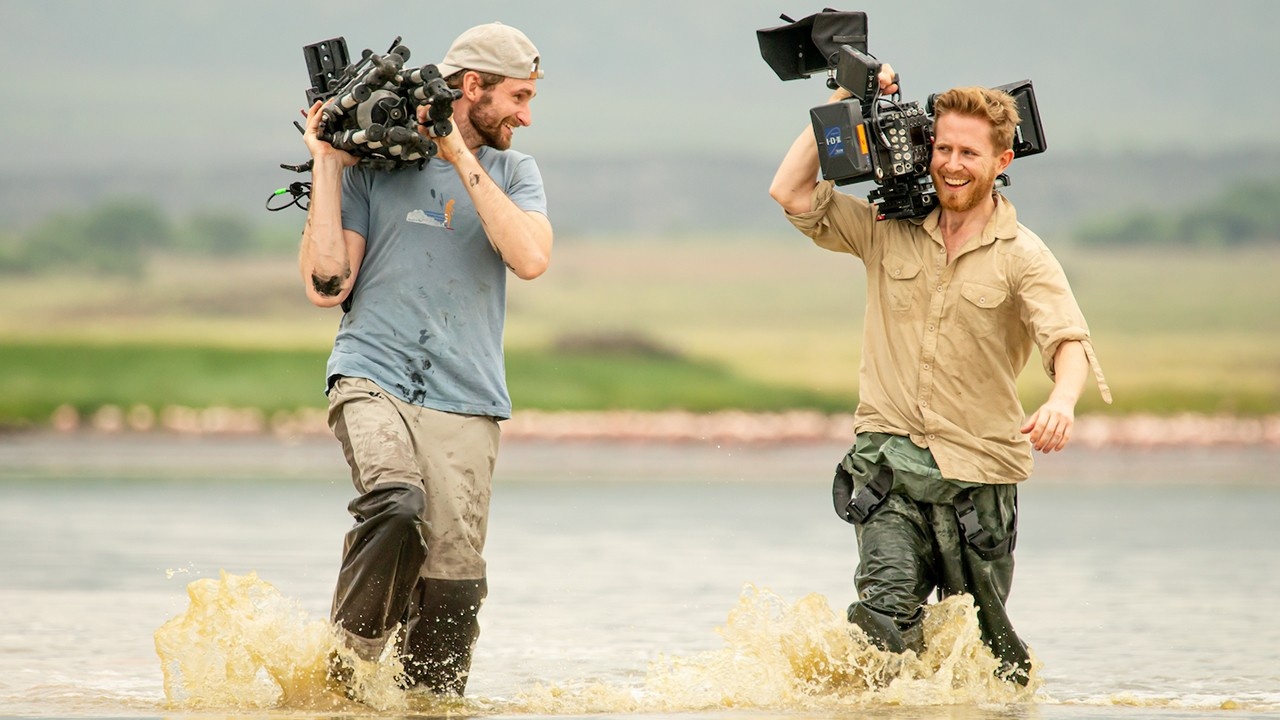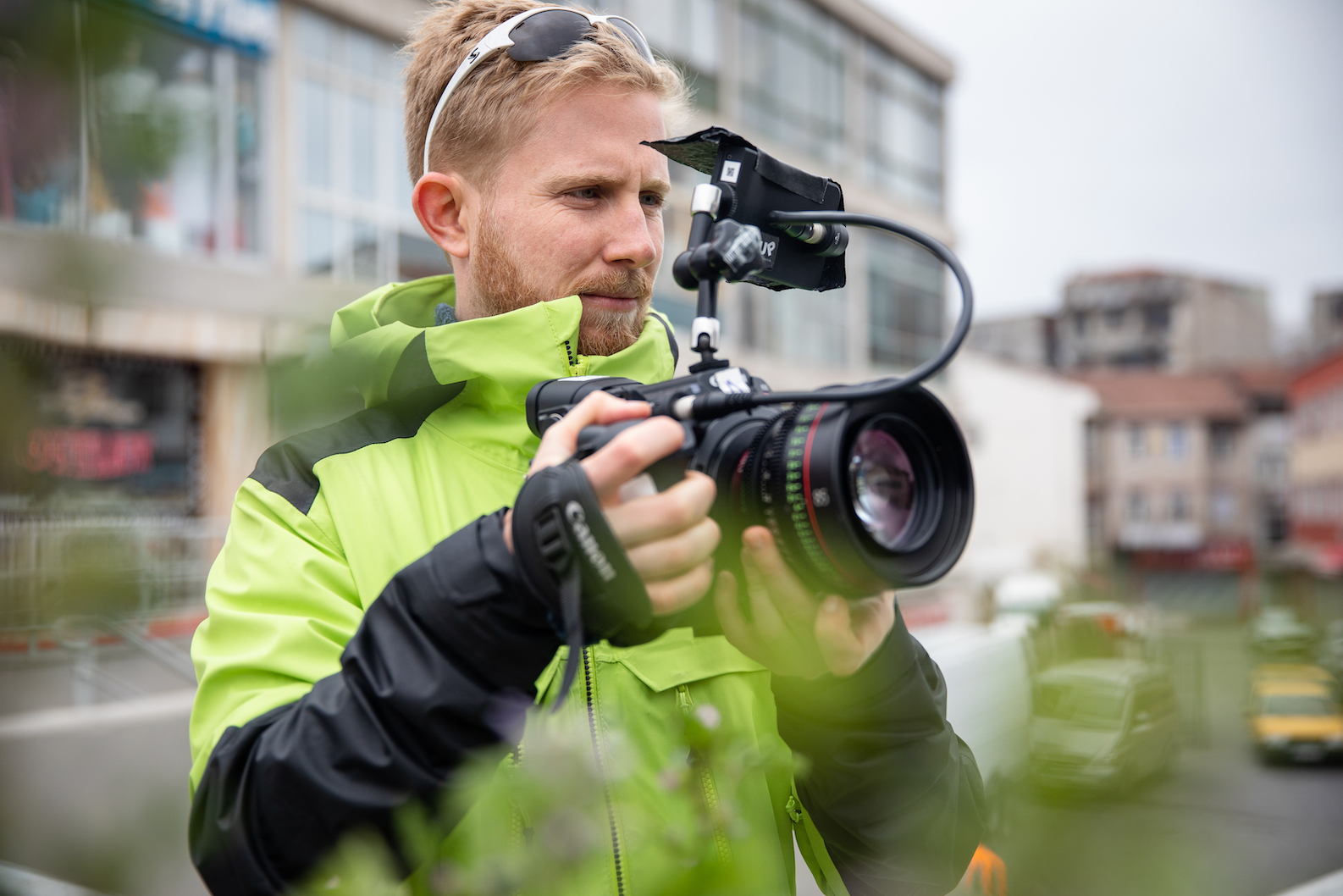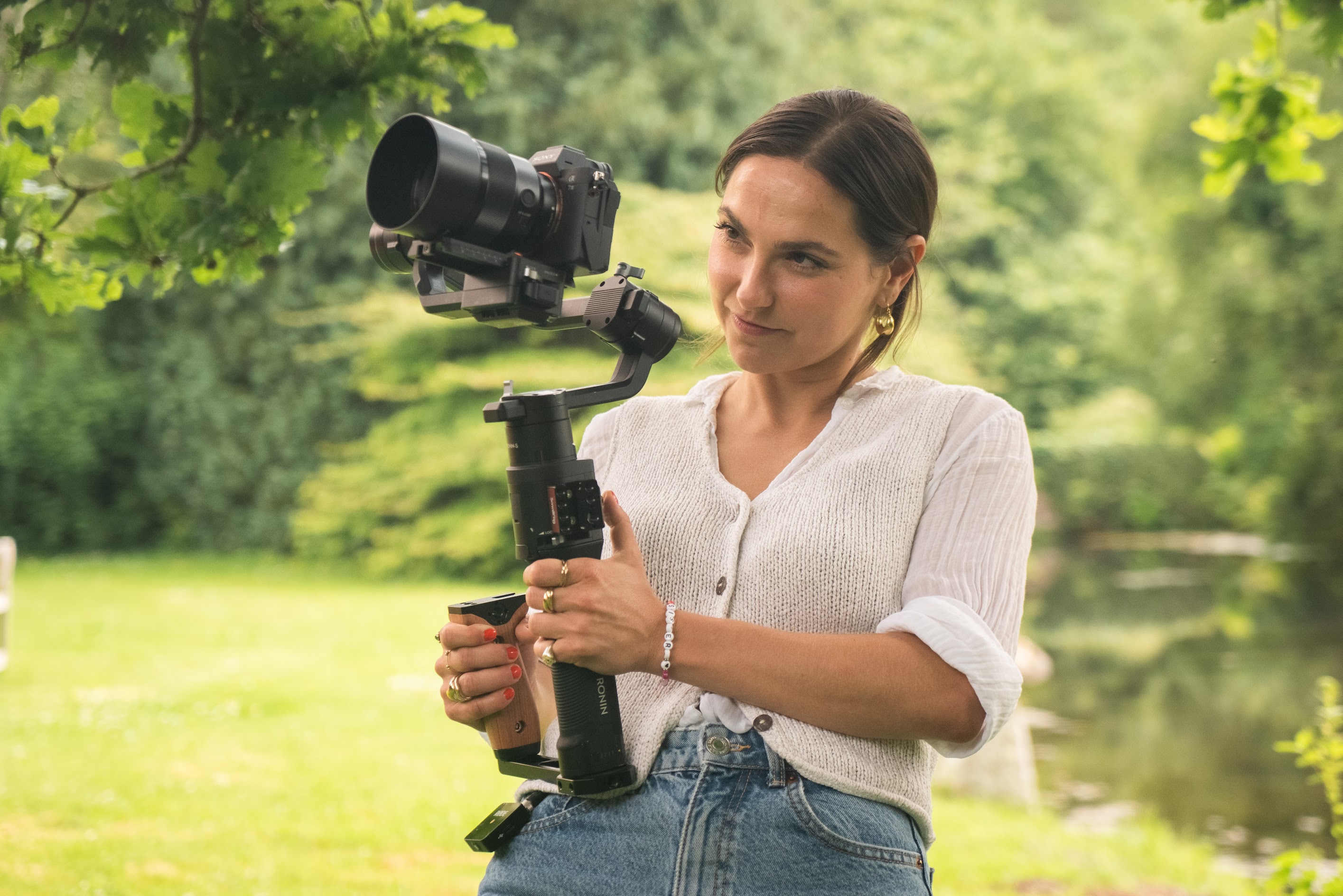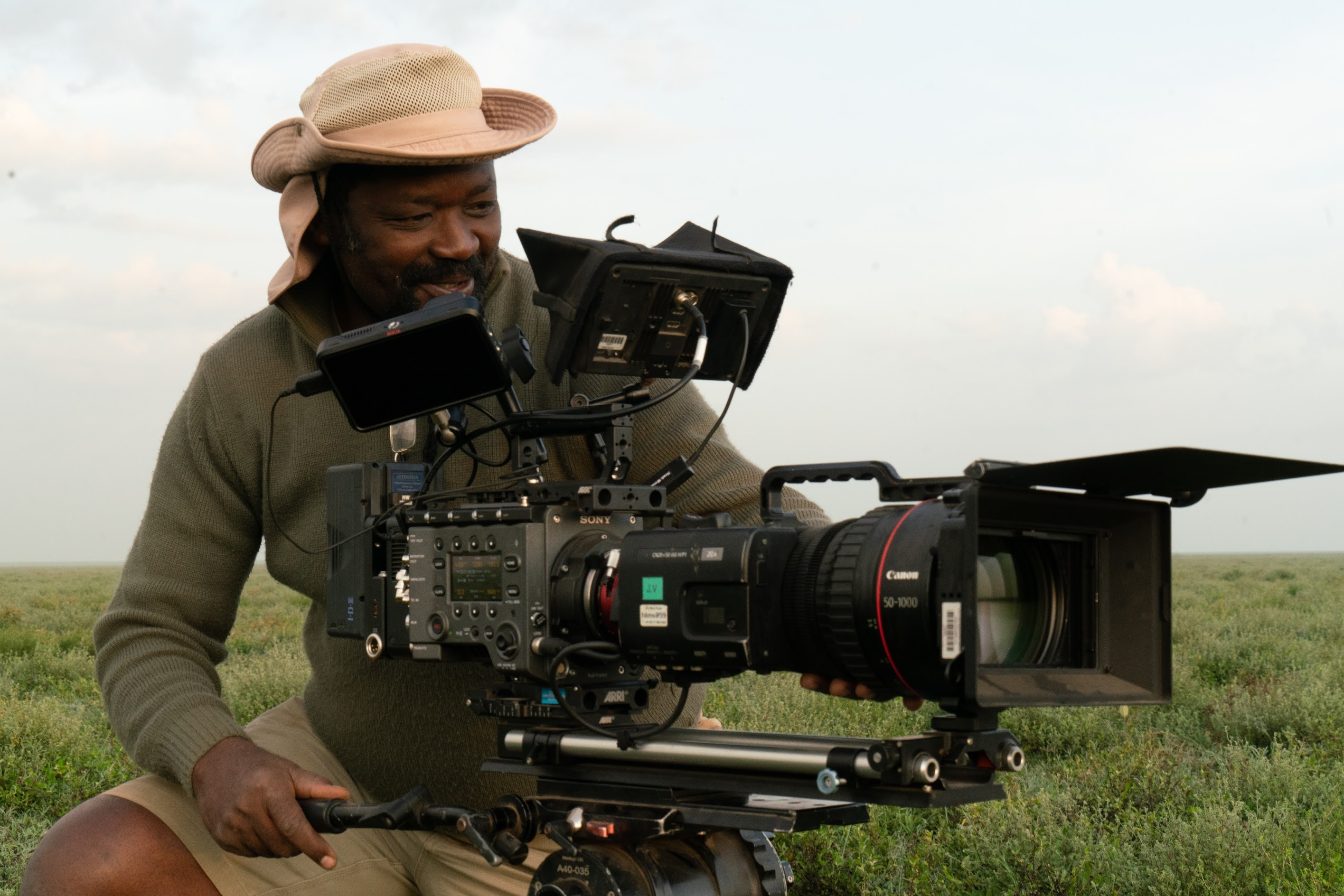Documentary Narration Styles: A Guide for Filmmakers

Storytelling is the foundation of any great documentary. To master documentary storytelling, it's essential to understand different narration styles and how they impact the structure and emotion of your film. Let’s explore the techniques that can enhance your documentary's storytelling.
What is a Documentary Narration Style?
The documentary style, also known as the narration style, is the backbone of how the story of your documentary will be told.
Choosing what narration style or styles you want to use is an important decision, as it will dictate many other things, such as whether you conduct interviews or write a voice-over script, the way you shoot and edit your film, and where the main emotion comes from in your story.
In this video, I run through the main narration styles I like to use when making a documentary:
6 Documentary Styles
I want to point out that there are many ways to categorise documentaries.
For example, film critic and theorist Bill Nichols categorised docs into six modes:
- Poetic
- Expository
- Observational
- Participatory
- Reflexive
- Performative

4 Key Documentary Narration Styles for Filmmakers
While there are many ways to categorize documentaries, I’ve simplified Bill Nichols' six academic modes into four key categories, focusing purely on narration style.
Interview-led Documentaries
In interview-led documentaries, characters are interviewed by the filmmakers. Their answers are woven together in the editing process to form the story. Interviews are often overlayed with b-roll footage, photos, or animations to visualize the experiences and emotions discussed.
-
Pros:
- You can communicate characters' exact thoughts and ideas through their interviews.
- If your characters are expressive, interviews effectively showcase their emotions.
-
Cons:
- Less control over storytelling since the narrative relies on the interviewees' responses.
- Monotone or unexpressive speakers can make the film dull, so choose your interview subjects wisely.

Narrator-led Documentaries
In this style, footage or images are paired with a narrator’s voice explaining the story. The narrator adds context to scenes or gives the audience additional information.
- Pros:
- More control over the story as you can craft the voiceover script to guide the audience.
- Cons:
- It's easy to overwhelm the audience with too many facts or heavy-handed narration, which can detract from visual storytelling.

Presenter-led Documentaries
Presenter-led documentaries feature a presenter (the filmmaker, journalist, or expert) who tells the story to the camera, conducts interviews, and may narrate parts of the film.
- Pros:
- It gives the film a focus and allows the presenter to guide the audience through a larger story.
- Cons:
- The presenter may distract from the main narrative, and hiring a professional presenter can increase production costs.
Observational-led Documentaries
Also called "fly-on-the-wall" or "vérité" filmmaking, this style immerses the audience in real-life events, without a narrator, interviewee, or presenter guiding them. The camera follows the subject, and viewers are left to interpret what they see.
- Pros:
- It offers an objective perspective and allows the audience to draw their own conclusions from the raw footage.
- Cons:
- It's time-consuming to capture compelling events as they happen, which can take months or even years.

How to Choose the Best Documentary Style for Your Film
When making a documentary, remember that many films use a combination of these styles. Don’t feel limited to just one approach.
A great example is the British documentary Virunga, which combines interview-led and observational-led styles to create a powerful narrative about protecting the last mountain gorillas.
When choosing your style, consider your story, your characters, and the emotions you want your audience to feel. This will help guide your decision.
Documentary Filmmaking Training
If you want more value-packed tips like in this blog, I’ve put together a free documentary training video where I share how I make cinematic documentaries. Click here to sign up and get instant access.
FAQ: Choosing Documentary Styles
What is the best narration style for documentaries?
The best narration style depends on your story. If your characters are expressive, interview-led may work. For more control over the narrative, narrator-led might be better.
Can you mix narration styles in a documentary?
Yes, many documentaries blend different narration styles to tell their story effectively.
What is an observational-led documentary?
An observational-led documentary (fly-on-the-wall) captures real-life events as they happen, without using narration or interviews, allowing the audience to interpret the story themselves.
How do you choose a documentary narration style?
Consider the type of story you're telling, the characters involved, and how you want to engage your audience emotionally.

















